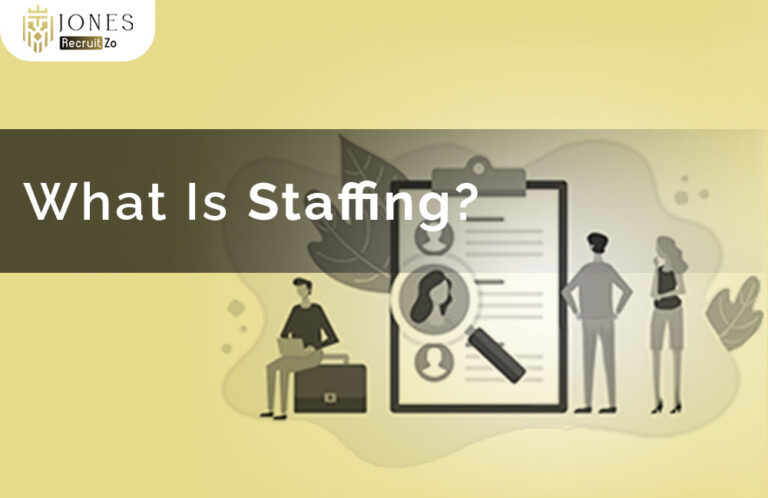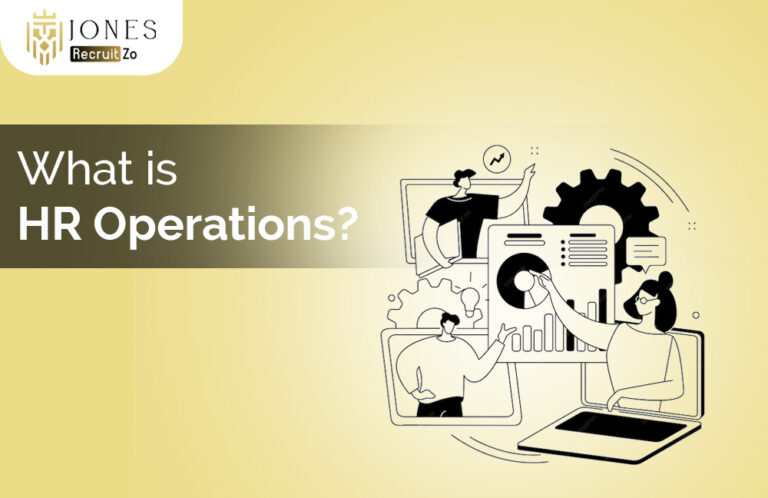What Is Employee Wellbeing?
It embraces all aspects of health, happiness, and satisfaction that individuals feel about their workplace. Employee wellbeing refers not only to the physical but also to the mental, emotional, financial, and social aspects of well-being that inform the emotional state of an employee at work. Helping an individual thrive in life overall is a strong focus on wellbeing.
Stressful work environments today demand one prioritise employee well-being; it should not remain optional. Investments made by companies on the behalf of their employees mean that they have an increased tendency to have lower turnover rates, better engagement, and better business results.
5 Pillars of Employee Well-being

Employee wellbeing can be understood through five main pillars. Each pillar contributes to creating a holistic approach to supporting individuals in their work and life.
-
Career well-being
It refers to how happy employees are about the work they perform daily. Being occupied in meaningful work aligned with the person’s skills and passions leads to significantly improved overall wellbeing.
-
Social well-being
Building good relationships with coworkers and feeling a part of the team or the organisation is essential for a positive state of mind. Social connections in a workplace help to build collaboration, trust, and significant emotional support.
-
Financial well-being
Financially competent employees enjoy the workplace; they focus and feel less pressured. Competitive pay, financial education, and supporting tools help reduce needless anxiety toward money.
-
Physical well-being
It covers the health of employees and their lifestyle habits. Encouraging mobility, providing fitness programmes, and preventive care are some of the ways to ensure energy levels remain high and absenteeism remains low.
-
Community well-being
This in turn ensures that employees are able to connect with the broader community and give time to things they believe in for added purpose and pride in the work. This brings employees and their employers closer to each other.
Benefits of Employee Well-being

Investing in employee wellbeing isn’t just good for people—it’s great for business. Here’s how it makes a difference.
-
Increases employee retention
Employees feel adequately supported when companies nurture all aspects of their wellbeing, thus making them more likely to remain employed by an organisation for the long haul. Therefore, these employees are loyal, satisfied, and dependent on their work.
-
Enhances brand reputation
When employer branding emphasises wellbeing, it shines. Therefore, in addition to attracting top talent, it cultivates trust among customers, investors, and partners.
-
Increases productivity and job satisfaction
When employees are mentally and physically fit, they feel sharper, engaged, and more motivated to give their best. More often than not, this translates into feeling satisfied in what they do.
-
Improves company culture
A wellbeing-enhancing environment promotes transparency, support, and respect. Such a culture is now deemed fit for the kind of workplace where employees want to walk in, contribute, and collaborate.
-
Reduces turnover
Being supportive of wellbeing well counters burnout and dissatisfaction, the nemeses of employee exits. A few resignations translate into stability and stronger team dynamics.
Factors that influence employee well-being

Wellbeing doesn’t happen by accident—it’s shaped by a range of internal and external factors within the workplace.
-
Work environment
A clean, safe, and comfortable space is very important for both physical and emotional wellbeing. Right tools, resources, and ambiance all contribute to the productive atmosphere.
-
Company culture
A culture that values empathy, inclusivity, and open communication makes employees feel heard and respected. The excessive toxicity or competitiveness in organisations quickly damaging morale and wellbeing.
-
Leadership practices
Managers and leaders set the tone for all wellbeing to be prioritised. Supportive leadership, checking up regularly, and showing genuine care make a major difference.
-
Employee Engagement
Engaged employees are more connected to their work, more aligned with company goals, and more likely to report high levels of wellbeing.
-
Work-life balance
Burnout is an evergreen nemesis of wellbeing. Encourage taking time off, healthy boundaries, and mental flexibility-promote work-life balance.
How to Promote Employee Wellbeing in the Workplace?
Supporting wellbeing requires intentional effort from leadership and HR teams. Here are some practical strategies that help.
-
Provide Health and Wellness Programs
Health and wellness initiatives send great messages to employees that they are being prioritised, not considered an afterthought. These could include gym memberships, onsite fitness classes, yoga sessions, preventive health check-ups, nutrition counselling, and wellness apps. Most importantly, ensure that access to health support is universal and accessible to everyone, regardless of fitness level or lifestyle.
-
Encourage Flexible Work Options
Flexibility is probably the most valued workplace benefit today. Remote or hybrid working, flexible hours, or even compressed work weeks grant employees the freedom to manage their time better. This has lessened stress and possible burnout and enables employees to perform personal responsibilities while not compromising their performance at work.
-
Recognise and Reward Employees
Recognition is not just about bonuses or awards, but it is about making the employees see themselves as valued. Celebrate even the very little successes by announcing them in a meeting, sending thank you emails, starting an employee of the month programme or using peer-to-peer recognition platforms.
-
Create Positive Workplace Culture
Positive work culture helps create a healthy sense of belonging and psychological safety. Promote openness in communication and collaboration, and put an end to toxicism such as favouritism or micromanagement. Promote inclusivity and diversity so that everyone can feel welcomed and respected.
-
Offer Mental Health Support
Mental health is given the same attention when it comes to taking care of it as physical health. Make available an employee assistance programme, therapists and counsellors to access, mindfulness and meditation programmes, and days off for mental health. Train managers to recognise signs of stress or burnout, and encourage conversations about mental wellbeing to remove the stigma and create a more understanding workplace.
How to measure the well-being of employees?

Understanding how your team feels is crucial to improving their experience. Here’s how to gather meaningful insights.
-
Use reporting and analytics tools
HR tech tools can provide real-time data about absenteeism, engagement levels, turnover, etc.- indicators that help gauge trends of overall wellbeing.
-
Collect employee feedback
It is important for employees to express how they feel and what could be improved through one-on-one conversations or suggestion boxes, informal check-ins, and so on.
-
Use Employee Surveys
Running regular anonymous surveys helps to identify problems early on. Questions should be asked about stress levels, workload, satisfaction, and what support employees would find helpful.
-
Examine employee engagement
High engagement tends to mean high wellbeing. Observe participation in meetings, their response, and enthusiasm over company initiatives.
FAQs
1) What Is Employee Wellbeing?
Employee well-being is an encompassing aspect of ensuring employees are physically, mentally, socially, and financially healthy, whether inside or outside the workplace.
2) What are the 5 pillars of employee well-being?
The five pillars include career well-being, social well-being, financial well-being, physical well-being, and community well-being.
3) How does employee well-being benefit both employees and organisations?
Increases productivity, decreases retention, decreases turnover, and fosters a culture of positivity that is beneficial to both the worker and the company.
4) What factors influence employee well-being in the workplace?
The critical factors include the work environment, company culture, leadership behaviours, engagement levels, and the work-life balance of the employees.















